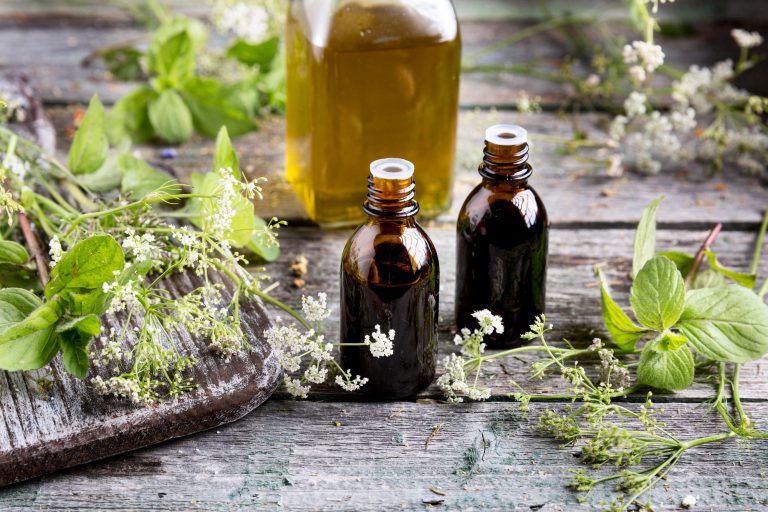The Misleading Promise of “Pure”
When you see the word “pure” on an oil bottle, it’s easy to assume you’re buying something natural and unprocessed. In reality, the term “pure” has no strict regulation in the oil industry. Many manufacturers use it as a marketing term to suggest quality, even when the oil has been refined, deodorized, or mixed with other lower-grade oils. A product labeled “pure olive oil,” for example, often contains a blend of refined oil and a small amount of extra virgin olive oil for flavor and color.
The Refining Process and What It Removes
Refining oils involves bleaching, deodorizing, and sometimes heating them to high temperatures to remove impurities or neutralize strong flavors. While this process can make the oil more stable and give it a longer shelf life, it also strips away valuable nutrients, antioxidants, and natural aromas. For instance, refined oils lose vitamin E, polyphenols, and the rich plant compounds that give cold-pressed oils their color and flavor. What remains is a neutral oil that may look clear and clean but offers far fewer health benefits.
Cold-Pressed vs. Refined: The Quality Divide
Cold-pressed oils are extracted mechanically at low temperatures without chemicals or excessive heat, which preserves their natural nutrients. These oils retain their distinctive aroma, taste, and color—and their full range of fatty acids and antioxidants. On the other hand, refined or blended oils are often mass-produced, making them cheaper but nutritionally poorer. When choosing oils for daily use, look for labels that say “cold-pressed,” “extra virgin,” or “unrefined.” These terms indicate minimal processing and a more authentic product.
Hidden Blends and Mislabeling Practices
One of the most common tricks in the oil market is blending. Manufacturers may mix small amounts of high-quality oil with cheaper refined or imported ones and still market the product as “pure” or even “extra virgin.” In some cases, the label might not specify the source or percentage of each oil, leaving consumers unaware of what they’re really buying. Always check for transparency on the label—single-origin or single-source oils are far more trustworthy than “blends” or “mixed origin” products.
How to Read Labels and Choose Authentic Oils
To find genuine, nutrient-rich oils, read beyond the marketing words and focus on the details that matter:
- Extraction Method: Choose oils labeled cold-pressed, first press, or unrefined.
- Origin: Look for single-origin oils rather than mixed or blended varieties.
- Packaging: High-quality oils come in dark glass bottles to protect from light and oxidation.
- Certifications: Authentic oils often carry organic, fair trade, or PDO (Protected Designation of Origin) certifications.
- Aroma and Flavor: True cold-pressed oils have a distinct aroma and natural taste; if it smells or tastes flat, it’s likely refined.
The Bottom Line
The label “pure” doesn’t always mean healthy or authentic—it often hides industrial processing, chemical refining, and blending practices. The best oils are the ones that remain close to their natural state, with minimal interference from machinery or additives. Choosing cold-pressed, extra virgin, and ethically sourced oils ensures that what you pour into your pan or drizzle on your salad nourishes your body as nature intended.







